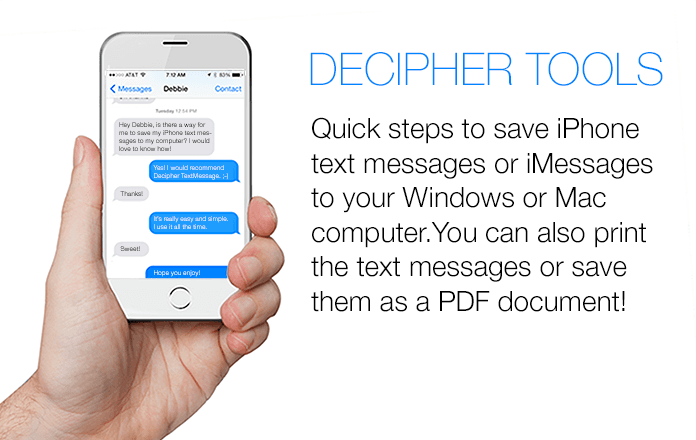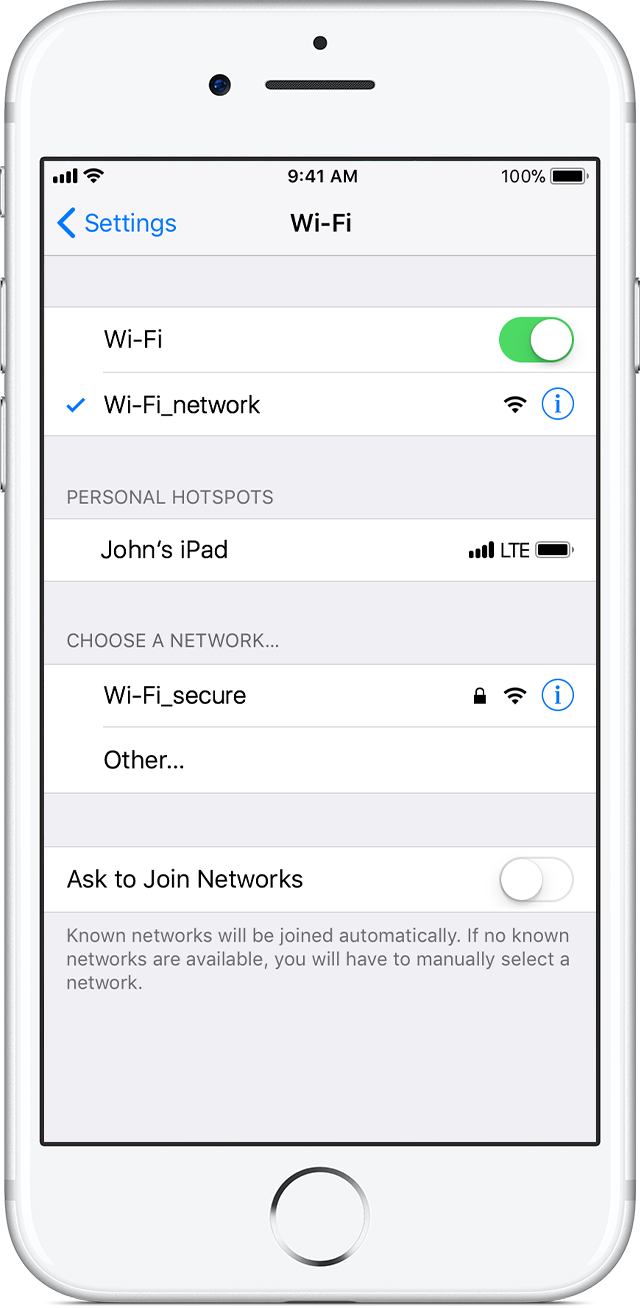
Here’s how:įrom the Messages menu, select Preferences. You can also enable iMessage synchronization on a Mac. Enabling iMessage Synchronization on a Mac Tap the Messages slider to the on position, as shown below.Īny iMessages that you send or receive from your iPhone or iPad will now be synchronized across all of your devices. Here’s how to set up your iPhone or iPad to sync iMessages across your other Apple devices: That way, when you send or receive an iMessage, that message will be viewable on all of your Apple devices.

You can turn on an iCloud feature to synchronize your iMessages across all of your devices. IMessage is Apple’s end-to-end encrypted instant messaging service that you can use to send text messages, photos, and more to other people who own Apple devices.

It’s not yet clear if it’s necessary to repeat the step above and click the Sync Now button in future. This syncing took around fifteen minutes to complete on my MacBook Pro and appeared to get stuck near the end but, ah, patience won the day! In the main Messages window, you’ll see at the bottom left a progress display saying “Uploading Messages to iCloud” (or possibly something similar if your iOS device(s) has already synced their messages).After a few seconds, the Sync Now button will stop being greyed out, and you can click it.Put a check alongside Enable Messages in iCloud.Ensure you’ve selected the “iMessage” account in the list at the left, then ensure the Settings tab is selected.Open Messages’ Preferences dialog box (hit Cmd+comma while the app is running), and click the Accounts icon at the top.See also: How to make your iPhone or iPad use Messages in iCloud.Of course, I assume here you’re signed-up to iCloud already so don’t cover that below.

How to make your Mac use Messages in iCloudĪpple has released the 10.13.5 update for macOS High Sierra, which includes the Messages in iCloud feature.Īnd this just works… Right? I’m afraid not! Here are the steps required to activate it.


 0 kommentar(er)
0 kommentar(er)
